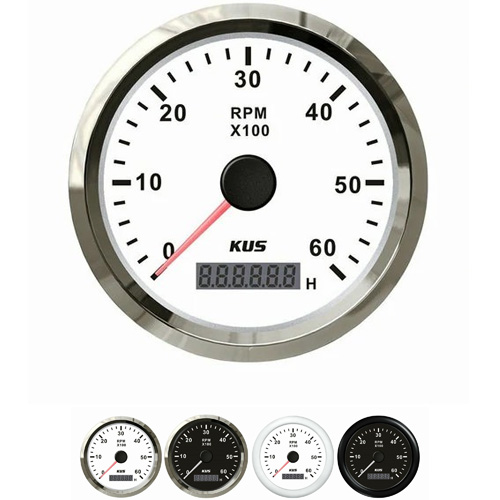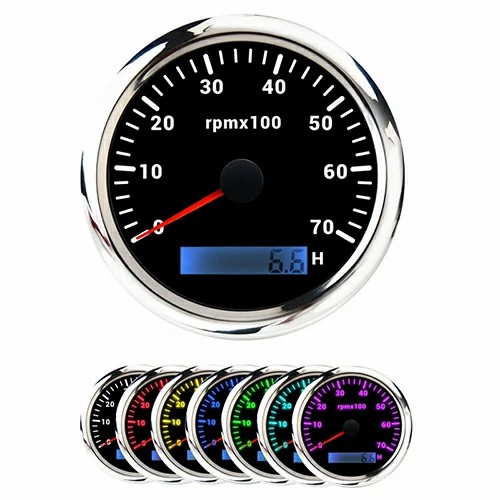what does the tachometer of a car engine refer to
The tachometer of a car engine refers to the speed of the car engine, which indicates the speed of the engine per minute. The tachometer is generally installed in the dashboard and symmetrically placed together with the speedometer. A tachometer is a meter that displays the speed of the engine pulley. The working advantages of a tachometer are as follows: 1. Large static moment, less shaking of the pointer, and strong anti vibration performance; 2. Adopting a single-chip microprocessor and software design, it has high accuracy and strong anti-interference ability; 3. The hour meter adopts a liquid crystal display without mechanical parts, making it more reliable and contemporary.
The tachometer represents the engine speed, and if the speed is sufficient, the gear can be shifted. For cars with automatic transmission, the chain is also shifted based on the engine speed. The tachometer operates according to the principle of magnetism. It receives a pulse signal generated when the primary current in the ignition coil is interrupted and converts this signal into a displayed speed value. The faster the engine speed, the more pulses the ignition coil generates, and the higher the speed value displayed on the meter.
The tachometer represents the speed of the engine, which is the number of revolutions per minute that the engine crankshaft rotates, regardless of the wheels. The higher the speed, the greater the output power of the engine, and the output torque will also increase, but it is not infinite. The two important indicators of the engine are power and torque, and they are all marked with maximum values. For example, an engine has a maximum power of 105kw/6000rpm and a maximum torque of 185N.m/4000rpm, This means that this engine produces a maximum power of 105 kW at 6000 rpm and a maximum torque of 185 N · m at 4000 rpm. When the engine is in the range of 2500 to 5000 revolutions, it always maintains a maximum torque output of 200 Newton meters. The higher the power of the engine, the higher the maximum driving speed; The greater the torque, the faster the acceleration . Generally speaking, the higher the speed, the greater the power, but after reaching a certain speed, the power will actually decrease. When driving economically, shifting is usually around 2000rpm. When accelerating fiercely, wait until the RPM is very high before shifting gears, which can achieve the fastest acceleration but also high fuel consumption.
 English
English 



Get a Quote / Info